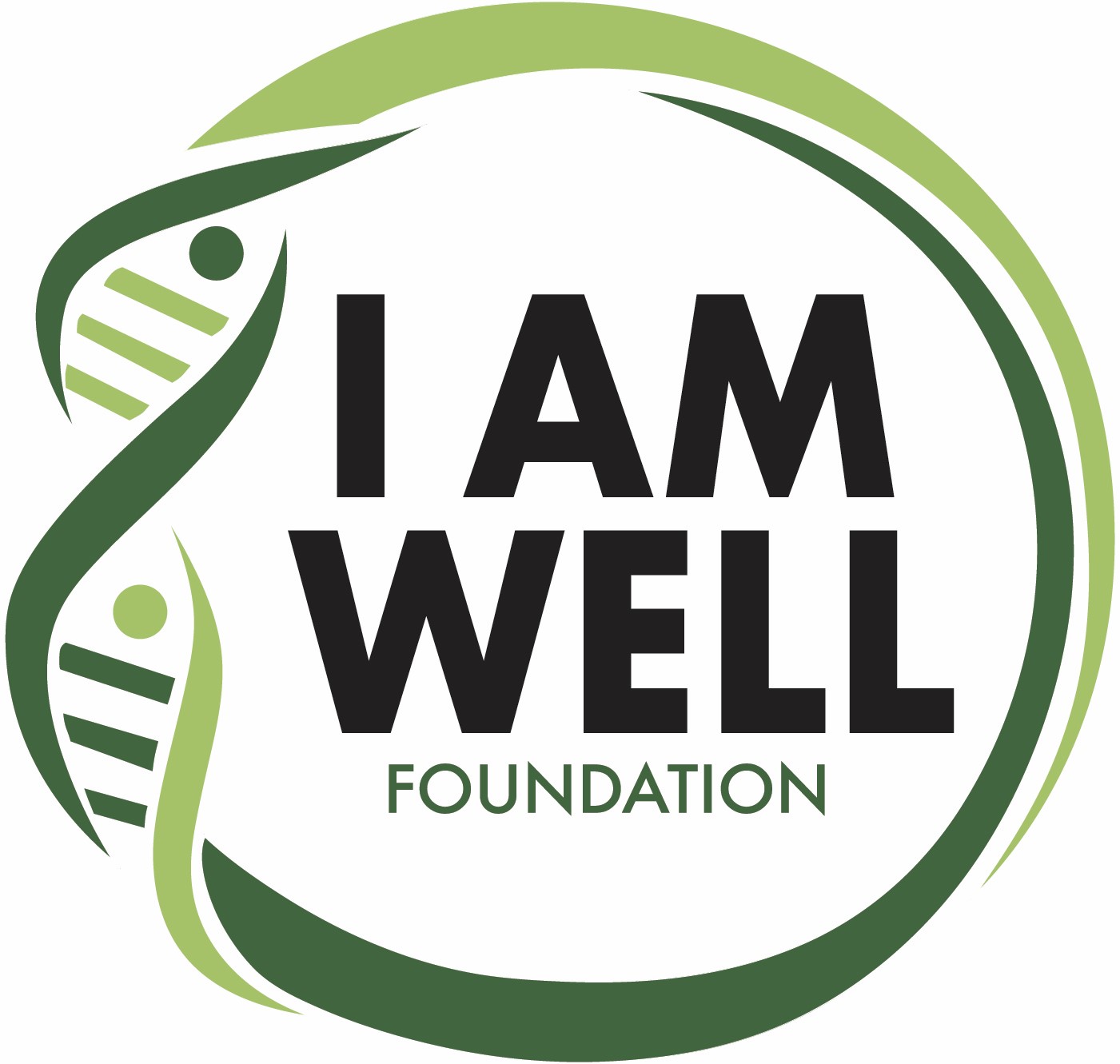Industry Standards & Best Practices for Practitioners
The Whole Person-Centered Optimal Health & Wellness Model also identifies key best practices and policy guidelines for practitioners to promote health and well-being for those in the field, including support services staffing, such as housekeeping staff, nutritionists, receptionists, etc. At minimum, this includes guidelines for four (4) main categories.
Shifts & Employee Hours
Practitioners should be limited to eight (8) hour work days, which includes the ability to have full, uninterrupted breaks, restroom time and mealtimes (on or off-campus). This helps to ensure providers are fresh and rested, and able to perform at their highest capacity, and pertains to those in residency or training as well. When possible, workplaces should also allow for naptime, downtime, or siesta, and include natural break settings away from others. Break rooms should offer quiet spaces, as well as information or tools for rejuvenation such as information for stress reduction, recliners, diffusers, or sound machines, etc. Staffing shifts should be based on appropriate patient needs and acuity, rather than scarcity, and caseloads should always match patient demands. Staffing should be made available to ensure appropriate breaks and relief.
Pay & Benefits
Practitioner pay should be commensurate with education, experience and living wages. Field practitioners, including support staff, should never be “working poor”, or need to have more than one job to meet their basic needs.
Outside of shifts and hours, fringe benefits should include mental health/self-care days, and undefined paid-time-off (PTO). For example, employees should receive 160 hours of PTO annually, rather than 80 “vacation days” and 80 “sick days”. Tuition assistance or reimbursement, maternity/paternity leave (including for foster and adoptive parents), and campus-based services, such as child care facilities, should also be provided whenever possible.
Education
Continuing education should be part of an individual practitioner’s own norms, and include formal education, professional mentoring, leadership development, as well as other on-going certifications and learning opportunities. However, the organization should provide as many continuing education opportunities as possible, or provide tuition reimbursement whenever possible.
Workplace Culture
Promoting a whole person-centered culture is equally as important. A healthy mindset and personal boundaries should be promoted for both clients and team members. Trusting clients to make the best decisions on behalf of themselves once they are fully informed of all outcomes and options is critical. And collaboration, exploration of intervention modalities, and practicing self-based whole person centered optimal health and wellness techniques are also essential.
Debriefing time after trauma, professional venting and a recognition of practitioner challenges, such as burnout, compassion fatigue, secondary trauma, and issues with work-life balance are critical to a healthy working environment. Promotion of practitioner growth and wellness, rather than professional hazing, is critical to addressing these issues.
Separate time should also be set aside during normal shifts for charting and documentation, which can lead to better care and greater accuracy. When possible, charting assistants, scribes or dictation technology, should be made available and utilized.
Management
In workplace settings with a hierarchical structure, management should understand and actively mitigate power dynamics between management and staff or employees. Contracts between management and staff should promote worker optimal health, and if/when burnout occurs, it should be addressed before irreversible issues occur.
Management should promote multidisciplinary teamwork as essential in caring for clients, and ensure staff have the appropriate tools, resources and adequate supplies to complete tasks effectively. Use of the empowerment model, rather than micromanagement, should be encouraged, with an emphasis on equality, equity and expertise guided by leadership at all levels of the organization.
In addition, leadership should honor the responsibilities of management, and ensure management team members are not overwhelmed or overburdened to the point of being unable to appropriately fulfill their responsibilities and obligations to serve employees. Appropriate workloads for management, as well as specific management training, helps to ensure both employees and clients have what they need.
Next Topic:
